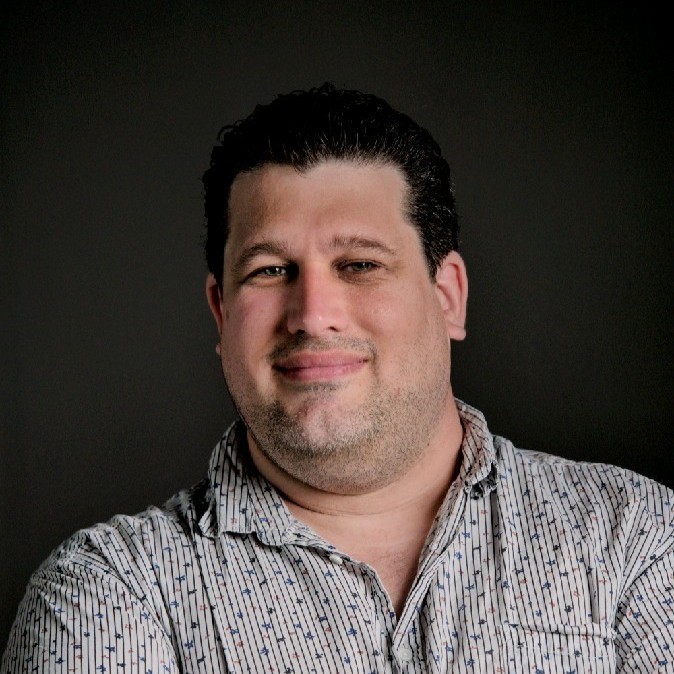Global energy demand is surging, and the race to build renewable infrastructure at unprecedented scale has never been more urgent. But some of the most interesting innovations happen out of sight: in the joints and connections that hold everything together.
That’s also where new materials companies have a role to play — and Tree Composites, the TU Delft spinoff that won JEC Startup Booster 2025’s Product & Materials Award, is one such startup. Since then, this Dutch company has been making progress towards making offshore wind farms less expensive to build, COO Eline Spek told Sesamers.
Here’s what she had to say about Tree Composites’ technology, the team’s progress since winning, and what’s next for the tree-inspired company that is now aiming to accelerate the energy transition.
Sesamers: How would you briefly describe what your technology does?
Eline Spek: Tree Composites aims to accelerate the energy transition with innovative composite joints. Our wrapped composite joint replaces welded nodes in steel constructions — for example, jacket foundations for offshore wind. By wrapping steel tubulars with glass fibers and resin, we create joints that are stronger and far more fatigue-resistant than welds. This innovation reduces steel use by 40–60%, lowers CO₂ emissions by up to 50%, and doubles production efficiency, while enabling offshore foundations to last well beyond the typical 25-year design life.
Sesamers: Can you share a concrete example of how it can be used?
ES: Our joints are used in jacket foundations for offshore wind turbines. These jackets are currently welded together, a labor-intensive process that weakens the steel and drives up costs. By replacing those welded nodes with wrapped composite joints, we make it possible to manufacture jackets faster, with less steel, and with much longer service lifetimes. This allows offshore wind farms to be built at scale in deeper waters, reducing costs for developers and helping the industry meet growing global energy demand.
Sesamers: How did winning the JEC Startup Booster change your business?
ES: Winning the Startup Booster gave us even more international visibility and opened valuable conversations with investors. Just as important, the recognition and credibility from across the composites supply chain proved to be a real vote of confidence when speaking with launching customers in offshore wind. It also showed the wider market that we are ready to scale together with our supply chain.
Sesamers: What are the most significant milestones you’ve hit since winning? Any surprises?
ES: We built all of the composite joints needed for our first jacket foundation. Together with our partners, we are now constructing this jacket at a yard in the Netherlands. The design uses 50% less steel than a conventional foundation, and it is incredibly rewarding to see it come to life after years of development and testing.
Sesamers: What’s your top priority for 2026?
ES: Our top priorities are scaling up our production capacity and forming a consortium of partners to realize the first offshore jacket foundation with composite joints.
Note: This article is part of a commercial collaboration between JEC and Sesamers. Our team retained full editorial control over the questions and final content.

